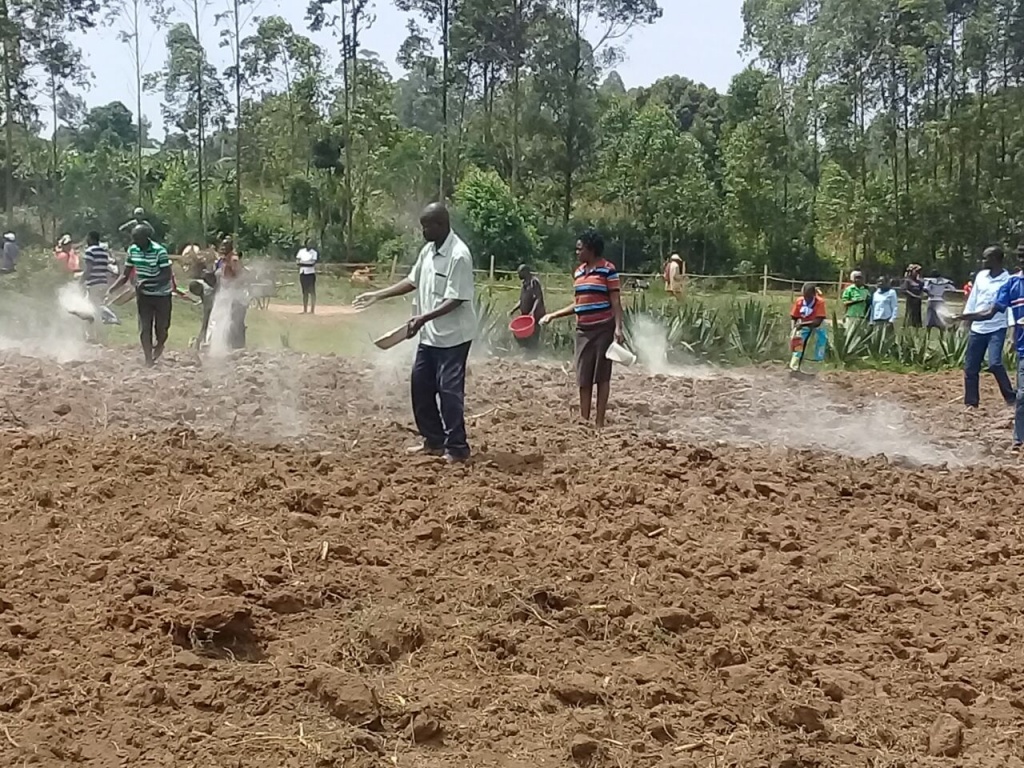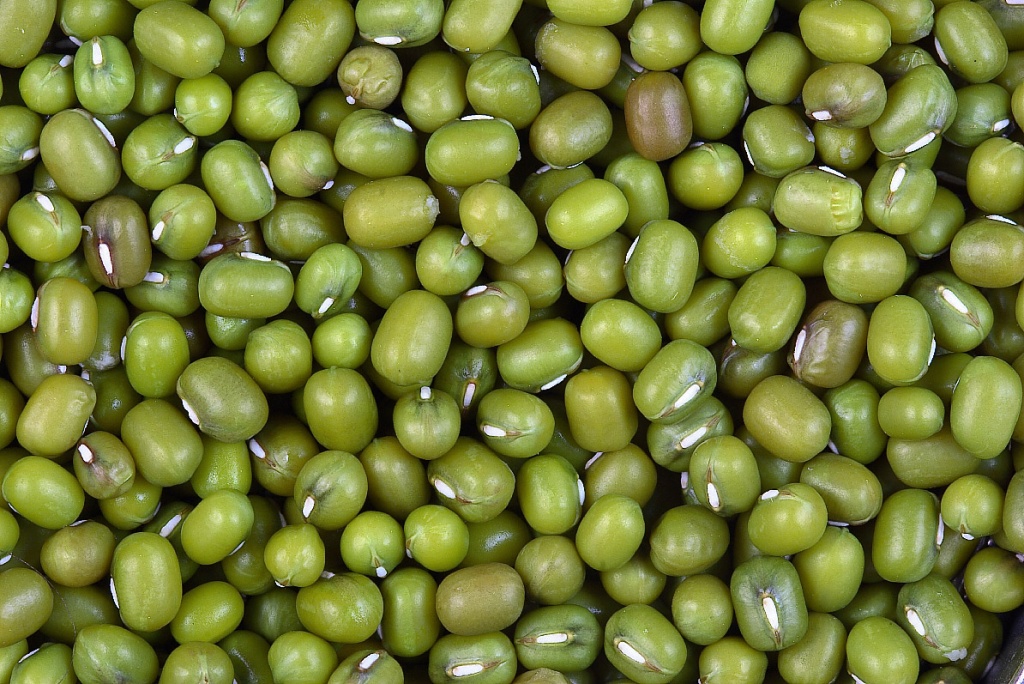More than sixty five farmers in Nyamira and Kisii Counties in Nyanza region have benefited from free lime application provided by the lime factory, Homa Lime Company, to reduce acidity in their farms. Lime is a valuable soil amendment that raises soil Ph and helps plants flourish by improving the quality of soil.
According to results from a soil testing process conducted by Homalime officers in mid-January in the two counties, soils in the region have a Ph level of 3.9 to 4.5 which is too acidic for growth of maize, the major crop cultivated by farmers in the region.
Related content
Smearing fish ponds with lime stops seepage
SoilCares mobile soil lab gives farmers results in three hours
soil steaming cuts tomato losses
Research by YaraMila Fertilizer Company indicates that maize thrives well in soils with a pH level of 6.0 to 7.2. Maize has a poor tolerance of soils with less than 5.2 pH levels as this hampers root development and slows the development of the plant.
“Our sample analysis of soils in these counties proved that farmers have applied too much DAP fertilizers’ making the soils acidic,” said Josiah Mbaka, the sales coordinator of Homalime in Kisii and Nyamira.
“We are therefore conducting free soil testing in selected farms where farmers have complained of poor yields so as to determine the quantity of available nutrients and apply the recommended lime quantity,”

Farmers applying lime to a selected farm in Nyamira County. PHOTO/MILTON ONGERI
More than three quarter of the farmers in the region have recorded decreasing yields over the years owing to the high acidity levels of soils attributed to leaching, soil erosion, application of too much fertilizers and mono-cropping.
“Farmers in these locations usually harvest a maximum of only 15 bags per acre, season in season out and this is one of major reasons why we partnered with soil experts to correct this problem,” said Milton Ongeri, the coordinator of farmers in the region.
In addition to free lime application, the farmers also benefited from free maize seeds courtesy of Seedco which were used for demonstration in selected farms. Each farmer received 1.5 kilograms of the seed to be used for experimental purposes in the section where lime was applied.
Sample statistics from Trans Zoia County reveal that maize farmers have doubled their yields from an average of 15 bags to 38 bags per acre after applying lime in their farms in the 2017 planting season. In this, the farmers have been motivated to continue cultivating the crop which they had nearly lost hope in and have contemplated venturing into other types of farming.
Homalime can be reached on +254 706 032 109
Write comment (0 Comments)

















